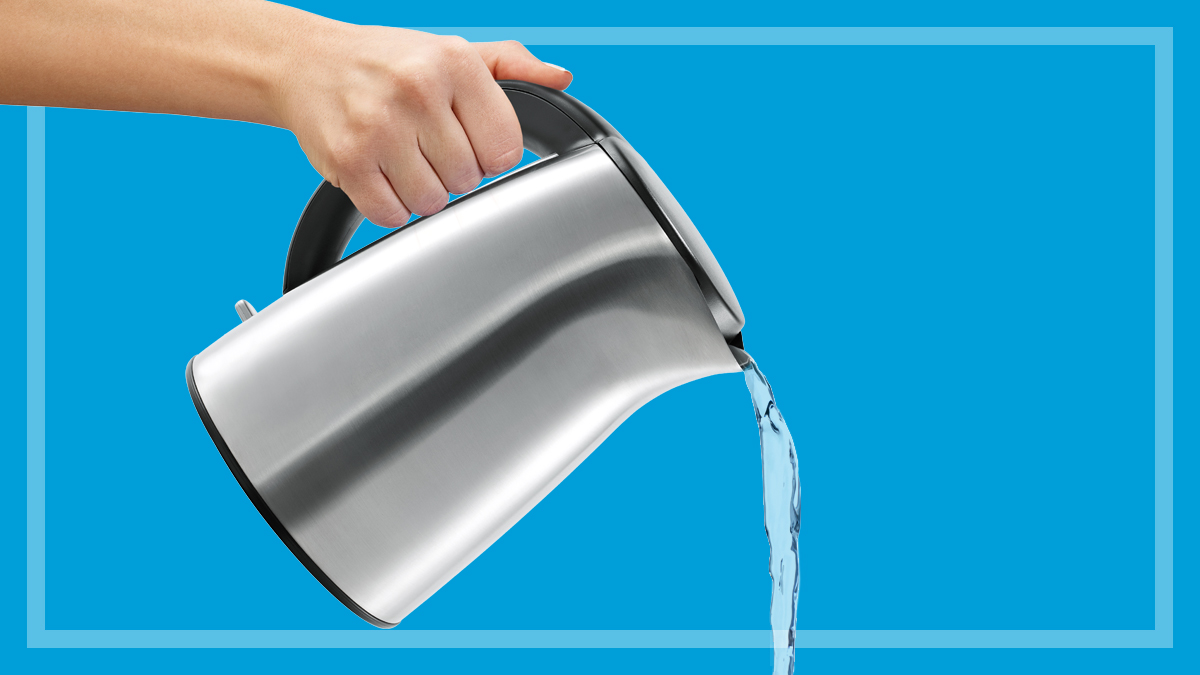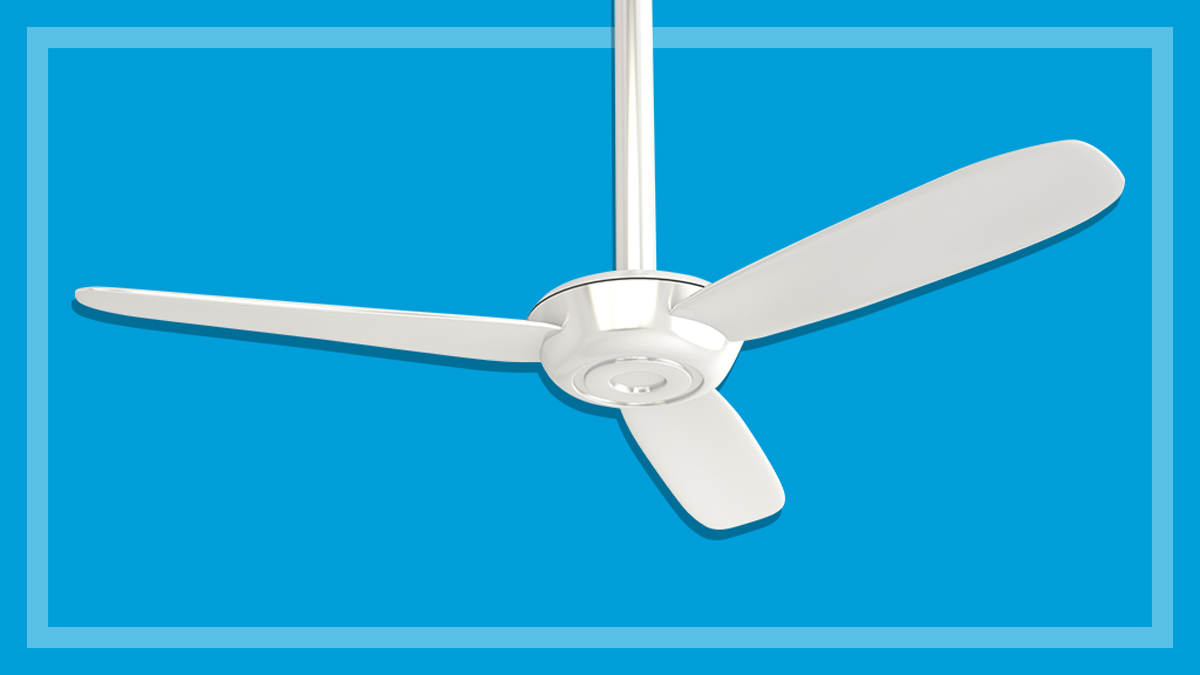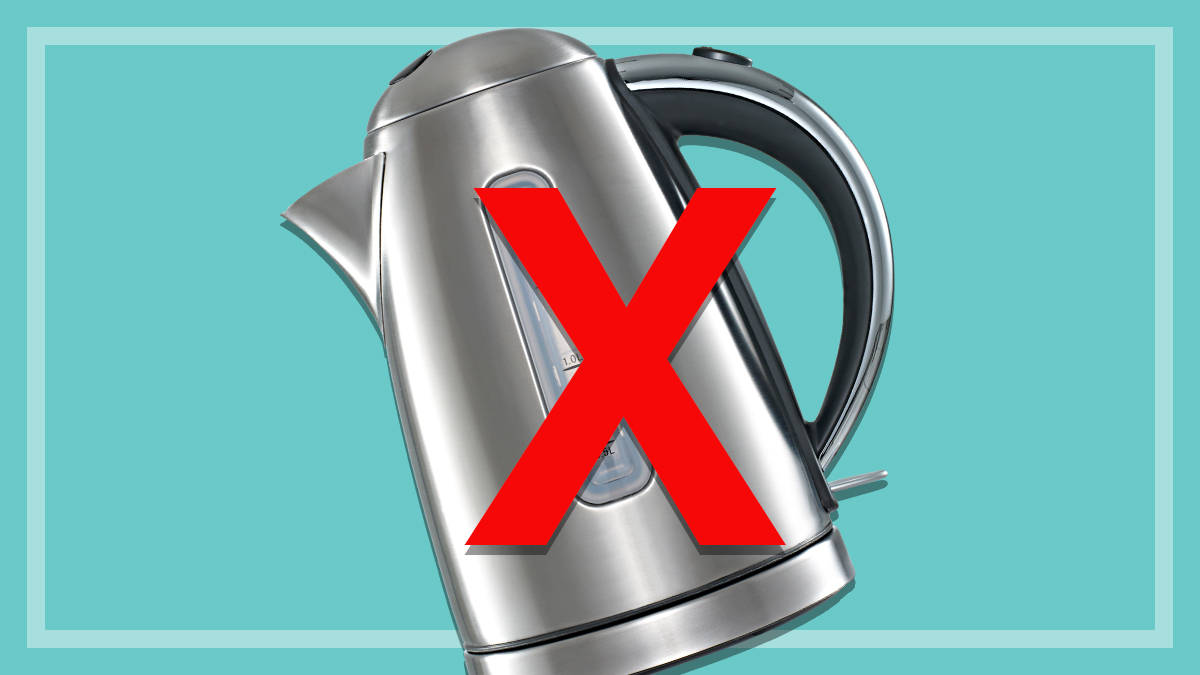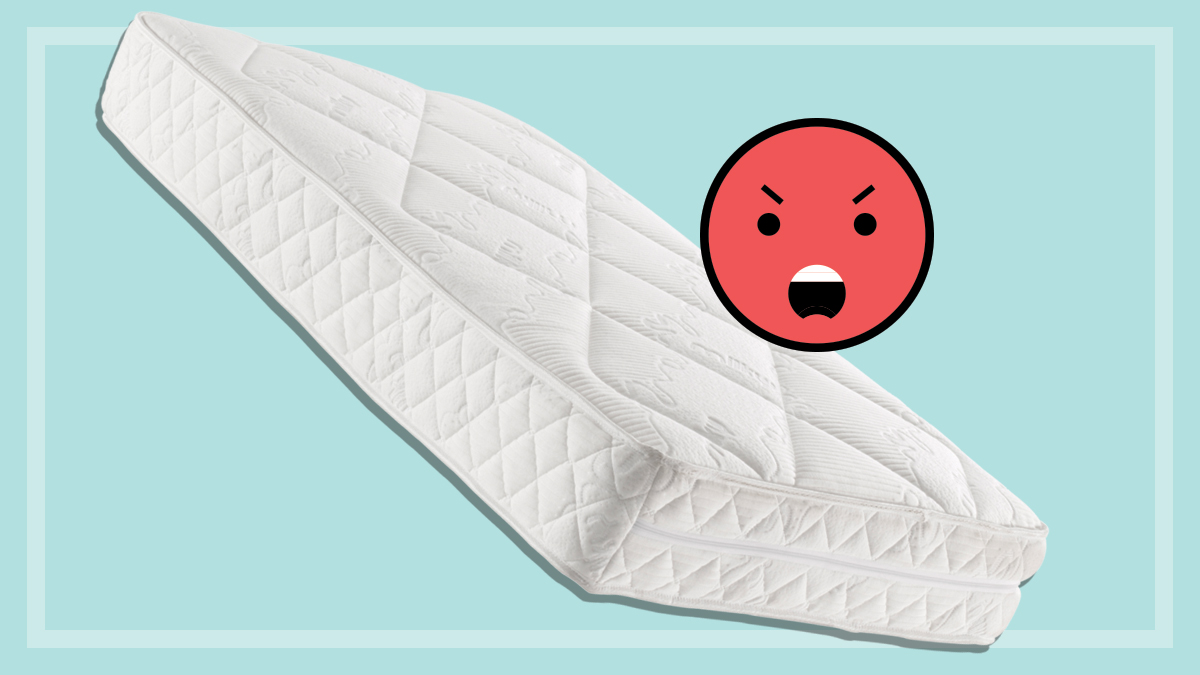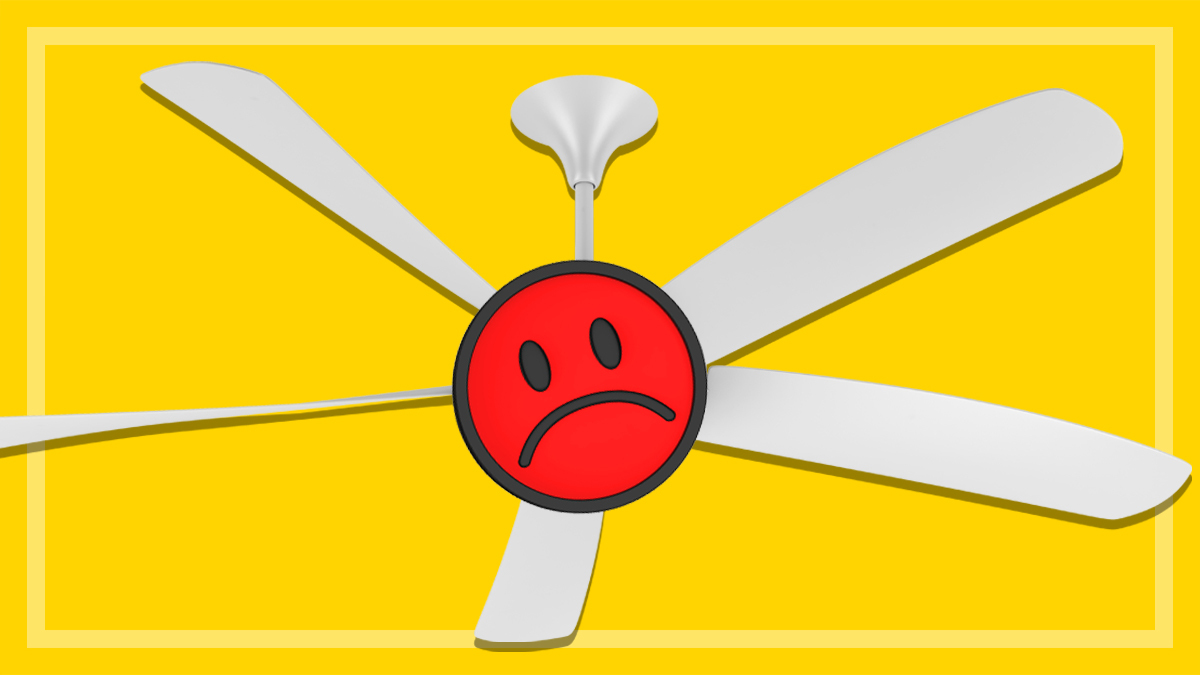How we test kettles
When assessing kettles, we pour many cups of tea...
Last updated: 8 Nov 2023
All kettles boil water, but how does a cheap $15 model compare with a stylish $529 one? Our small appliance experts lab test electric kettles to learn more about the features you can’t check in stores, like how fast they boil and how noisy they are when they do it.
On this page:
Our expert testers
Our testers know the importance of an operational kettle – especially first thing in the morning! They’ve developed a rigorous test method that looks at a kettle’s energy consumption, noise levels, how quickly it boils and how easy it is to use so that you can buy a great kettle at a price that suit you.
Our kettle test results show you the features and functions of dozens of models from brands like Breville, Russell Hobbs, Dualit and more.
How we choose what to test
There are a huge number of electric kettles on the market, and we can’t test them all. When we narrow down our buy list, we usually look at ones with features such as variable temperature settings (useful for brewing specialty teas). We may also include the occasional budget brand, and we try to feature kettles made from a range of materials, including stainless steel, glass and plastic.
Once we put together a buy list, we then order the kettles instore just like you would, so we can be sure the samples we get haven’t been ‘tweaked’ by manufacturers in any way (for better performance, for example).
How we test kettles
We store the water and kettles together overnight in our lab, so that the temperature is maintained at a constant level. Each kettle is tested with one litre of water.
Performance
As the kettle boils, we measure noise levels from the kettle, and record the reading around halfway through the boiling cycle. We also record the total energy used and the time taken for the kettle to switch off automatically after the boiling cycle.
For kettles with variable temperatures, we assess accuracy at each setting.
We conduct a dry boil test for safety, where we switch on the empty kettle and wait until it switches off automatically.
Ease of use
We look at:
- how easy it is to switch the kettle on
- visibility of the indicator lights
- ease of filling the kettle and pouring water out of it
- how comfortable it is on the wrist
- whether the kettle has to be tilted too far when pouring
- clarity of the kettle markings
- ease of removing and replacing the filter.
Test criteria explained
In order to be recommended, a kettle must not only score well overall, it must also be very easy to use. The CHOICE Expert Rating, our overall score that determines which products we recommend, is based on:
- noise (40%)
- ease of use (40%)
- boiling time (10%)
- energy efficiency (10%).
We generally recommend kettles with a CHOICE Expert Rating of at least 75%, and at least 80% for ease of use. Poor reliability can also be a factor in a kettle not being recommended – if a lot of members tell us a kettle performs poorly over time (something we can’t easily test in our labs), we’ll take that feedback on board.
Related
Kim Gilmour is a Senior project officer. She manages a range of product tests such as coffee machines, stick vacuums, bassinets, high chairs and ovens, which are all tested in our in-house labs.
Kim’s work gives people access to robust, independent advice and helps consumers make informed decisions about their purchases. Her work also helps to keep manufacturers in check, by regularly exposing product flaws which can result in better and safer products.
Prior to CHOICE, Kim spent 16 years working as a technology journalist in Sydney and London. With several years as a senior researcher/writer at our UK sister organisation, Which?
Kim has authored how-to technology books such as Spotify for Dummies and Digital Photography for the Older and Wiser.
Kim has a Bachelor of Arts in Communication (Journalism) from Charles Sturt University. LinkedIn
Kim Gilmour is a Senior project officer. She manages a range of product tests such as coffee machines, stick vacuums, bassinets, high chairs and ovens, which are all tested in our in-house labs.
Kim’s work gives people access to robust, independent advice and helps consumers make informed decisions about their purchases. Her work also helps to keep manufacturers in check, by regularly exposing product flaws which can result in better and safer products.
Prior to CHOICE, Kim spent 16 years working as a technology journalist in Sydney and London. With several years as a senior researcher/writer at our UK sister organisation, Which?
Kim has authored how-to technology books such as Spotify for Dummies and Digital Photography for the Older and Wiser.
Kim has a Bachelor of Arts in Communication (Journalism) from Charles Sturt University. LinkedIn


